When Jaguar launched the I-Pace back in 2018, with lots of hoopla at a launch event at the then healthy Geneva motor show, the British nation’s collective chest swelled with pride.
However, it was a controlled kind of chest swelling, not quite on the level of the Rule Britannia, front-page excitement that greeted the BMC Mini back in 1959, the Jaguar XJ in 1968 or the original Range Rover in 1970.
By 2018, in many people’s view, premium cars had already been evil for decades.
Still, this was Britain’s first significant electric car, it was a Jaguar and best of all it was a rare example of us beating the top German makers to the punch – something the I-Pace’s two biggest advocates, Sir Ralf Speth (JLR’s ex-BMW CEO, a consummate engineer) and Sir Ratan Tata (the long-time Jaguar-loving head of JLR’s Indian owner, Tata) valued enormously.
Better yet, the I-Pace went down really well with everyone else who counted: the car testing community loved the way it looked and drove, owners enjoyed seeing their brand doing something progressive and corporate/financial denizens saw this as a plausible route for Jaguar to take towards a profitable future.
Profits had been elusive for the Leaping Cat since founder Sir William Lyons led the company – and he departed the top job in 1972.
Despite the I-Pace’s unhelpful height, short nose and cab-forward design (all very foreign proportions in Jaguar history), design chief Ian Callum and his team brilliantly adapted Jaguar’s bumps, curves and an extreme windscreen rake to the new proportions and created a car that seemed (and still seems) almost too sleek to be called an SUV/crossover, although its spacious cabin and boot clearly showed that it did indeed belong to that generic group.

The I-Pace immediately set about collecting global awards – 62 in all, including Car of the Year – like they were going out of fashion, and the company did a lot of initial boasting about them.
The presumption was that the basic I-Pace, helped with judicious updates as battery tech advanced, would last a couple of generations, like other new cars: 12 to 14 years for the major underbits with a pause halfway for a reskin and mid-cycle refreshes to punctuate progress every three years or so.
When in 2021 new JLR CEO Thierry Bolloré launched his all-bets-are-off Reimagine plan to rebuild Jaguar as an all-EV company by 2025, the I-Pace was slated as a survivor, a model to build a bridge between the old and new.
Yet here it is in 2024, gone already. At first the demise was a bit of a shock, although perhaps not too huge a bombshell, because upheaval and rapid mind-changing have been an integral to British car-making as far back as you care to look.
Yet with the kill-it-now decision went pangs of regret that made us want to drive a few more enjoyable I-Pace miles, at least for the purpose of this story.
Helpfully, Jaguar still had prime examples on its test fleet. We decided on an enjoyable 10-day reverie.
On reflection, the I-Pace’s demise should have been easier to predict than we made it. When Bolloré suddenly walked away from the CEO job, the fact that they drafted in the finance director, Adrian Mardell, to lead the company suggested pretty clearly that earning power at Jaguar was the problem.
The I-Pace and its small SUV sibling, the E-Pace, were both being built in Austria by versatile but pricey contract constructor Magna Steyr, with the former using a battery pack that had to be imported from Poland and powered by own-design Jaguar motors that may have been technically brilliant but were far from the cheapest available.
What’s more, despite the I-Pace’s high reputation, sales have never taken off. In the best years (2019 and 2020), combined American and European deals amounted to around 15,000 annually, and in more recent years volume has fallen below a third of that, not only affected by the malaise in general EV demand but by other matters too.
The high entry price was a factor, as were regular software glitches, the fact that realistic battery range originally quoted at 292 miles was more like 70% of that (the US’s EPA even cut the officially quoted range figure) and increasingly stiff and low-priced competition from the Chinese, Germans and Koreans.

It’s usually deemed to be an advantage to be first into a new market, but in the I-Pace’s case it made things hard. So hard, in fact, that Jaguar has chosen to kill the car now and go through 2025 with only the dregs of Magna Steyr production in the pipeline to sell as dealers await 2026 production of the first of three forthcoming models, a four-door GT in the Porsche Taycan mould. And yet…
When our I-Pace test car arrived, it was a really nice surprise. I hadn’t been in one for a few years, since running a mid-range version as a long-term test car for several months back in 2019.
Despite its bulk and height, the car still looked stylish and special, with full, curvaceous surfacing and faint but obvious hints of the D-Type’s lines in its handsome haunches.
The interior, making generous use of the Alcantara, was plush and comfortable. Best of all, there was none of the anonymous blackness that blights many Germanic interiors.
The materials in this car were light enough to make their quality obvious. The rear compartment (for all the fastback styling) was spacious and offered lots of head room. The boot was very long as well as very deep.
There are clear missteps, though. Visually, the cab-forward design denies the car an imposingly long nose – something Jaguar traditionalists have long seen as de rigueur. Same for a low boot deck. Fascinatingly, this is a feature the latest, post-Callum and Julian Thomson design regime at Jaguar, led by renowned Land Rover guru Gerry McGovern, is understood to be bringing back to the 2026 range.
The I-Pace, spoken of in its early life as a ‘sports crossover’, also has an unashamedly high seating position (blame six inches of battery-pack thickness under the floor), plus a front door pillar that compromises leg and foot access more than it would in a low-slung saloon.

Third, there’s no view of bonnet bulges to stir the enthusiast’s soul. Try denying that sight to the owner of an E-Type, or even a relatively recent XJ, and see how you get on.
Still, when you’re settled in the superbly shaped driver’s seat, such criticisms float away. You can see very well from the elevated driving position (despite windscreen pillars like tree trunks) and the controls are universally pleasing to the touch.
This HSE-trim car is one of those premium models that sets you wondering why anyone could want anything plusher. And some of its controls, notably the circular PRND twist selector that we criticised early on, have become so ubiquitous in many models that we’ve grown used to them and now accept their practicality.
The promise of the I-Pace’s power and torque seemed massive in 2018 and they remain potent today: 394bhp and 516lb ft from two permanent magnet synchronous motors in a hefty 2300kg package yield easy-to-deploy 4.8sec 0-62mph acceleration, plus a less impressive 125mph top speed.
But on longer journeys, you soon learn that the most modern I-Pace still can’t duck its range issues: our late-spec test car was really only comfortable delivering a bit over 200 miles. Rivals do much better.
Quite unusual to the Jaguar experience, for regulars, is the effect this car’s proportions have on the driving. Higher than combustion-engined equivalents and 4.7 metres long, the I-Pace sits on a 2.9-metre wheelbase, which means that while it’s only a whisker longer than the XE compact saloon, its front and rear axles are a full 30mm farther apart of those of the bulky XF saloon.
Which is another way of saying the front and rear overhangs are short and the major masses, set low in the car, are well centralised. Chuck in four-wheel drive and you can see why this is a car that’s never going to drift anywhere this side of a skating rink.
That said, when you’re ambling, the rear 197bhp motor does most of the driving and the front 197bhp motor (converted for the purpose to a generator) does most of the regenerative braking.

Neutrality, understandably, is the I-Pace’s main cornering characteristic and it’s delivered with very little body roll. Disconnecting the stability control is a fatuous exercise.
Far better to enjoy the car’s steering precision – still much better than most EVs at any price. It lets you place the car accurately and enjoy the I-Pace’s easy ability to change direction. Grip is great. Modest throttle steering is still available (easing the power lessens the front slip angles), but it’s far from dramatic.
In early testing, we weren’t especially nice about the I-Pace’s ride quality, noticing a tendency of its heavy body to heave against the usually decent damping on quick, high-amplitude surfaces like the Fosse Way.
Then others came along to show how difficult it is to control 2.3-tonne EVs on such roads, doing it far worse. As a result, we find that the six-year-old I-Pace is still one of the best EVs you can buy, dynamically speaking, and owners confirm that.
On such grounds, it’s a shame that the I-Pace is dying. At least my own several recent sojourns to Jaguar dealer used car line-ups confirm that good warranted I-Paces are available at what seem very affordable prices.
What has the I-Pace achieved? It could be that if the next Jaguar generation is successful (and given McGovern’s magic touch with the Range Rover, that’s a strong possibility), the first-ever electric Leaping Cat may come to be seen as a blind alley, a car whose proportions sent it down the wrong road. Having said that, nobody at Jaguar regrets the I-Pace experience or is ever likely to.
As managing director Rawdon Glover told Autocar in a recent interview, the I-Pace was needed to put Jaguar on its current path. Let’s hope, for the sake of a wonderful marque, that it’s now the right one.
How they built the I-Pace
The ending of I-Pace production at Magna Steyr in Graz ends a fascinating episode in Jaguar manufacturing history. The Austrian operation is a 90-year-old car production offshoot of Canadian car components giant Magna International, which has 400 outposts in 29 countries. Car making accounts for just 10% of its $40 billion annual turnover.
The Graz business is well known for its flexibility with high levels of quality: the I-Pace first had its all-aluminium body made in a highly mechanised body-in-white plant – featuring 87 robots and 84 rivet guns – and then shared a similarly robotised final assembly line with the E-Pace SUV.

Observed several years ago by Autocar, this was surely the one and only time in Jaguar history when an £80k, all-aluminium dual-motor EV shared a production track with a £50k, steel-bodied, ICE-powered SUV.
When we visited and remarked on the fact, Magna Steyr bosses viewed it as nothing special. In a successful year, they build as many as 200,000 cars of up to half a dozen models.
They’d had five different models on one line, they told us. “It’s not so special,” the foreman said. “It’s what we do. The challenge is getting the quality right.”
How important is a nose job?
Since it was revealed several months ago that, rather than continuing with a short-nose, cab-forward look, the new Jaguars of 2026 will have longer, more prominent nose treatments, Jaguar aficionados have been encouraged by the idea.
Jaguar MD Rawdon Glover seemed to confirm the fact in a recent interview, suggesting that cab-forward design was a characteristic that was being adopted by “practically everyone” and some of the current generic crop looked “as if they’d spent too long in a wind tunnel”.
Sir William Lyons, who as well as founding the Jaguar company and managing it through its formative years had much to do with the styling of its greatest cars, always laid great stress on frontal styling and was acknowledged to be “better at fronts than backs”.

It seems that while striving famously to be “a copy of nothing”, Gerry McGovern’s team may have been influenced, at least in general terms, by Lyons and his team.
It’s even possible that a cab-forward theme, as well as leading the I-Pace to an early grave, might have done the same for the 2020 XJ EV that was killed by Bolloré and co.
Perhaps we will never know. But various Jaguar high-ups have suggested that the limo “didn’t go the way we’ve now chosen”. Perhaps proportions were a major reason.

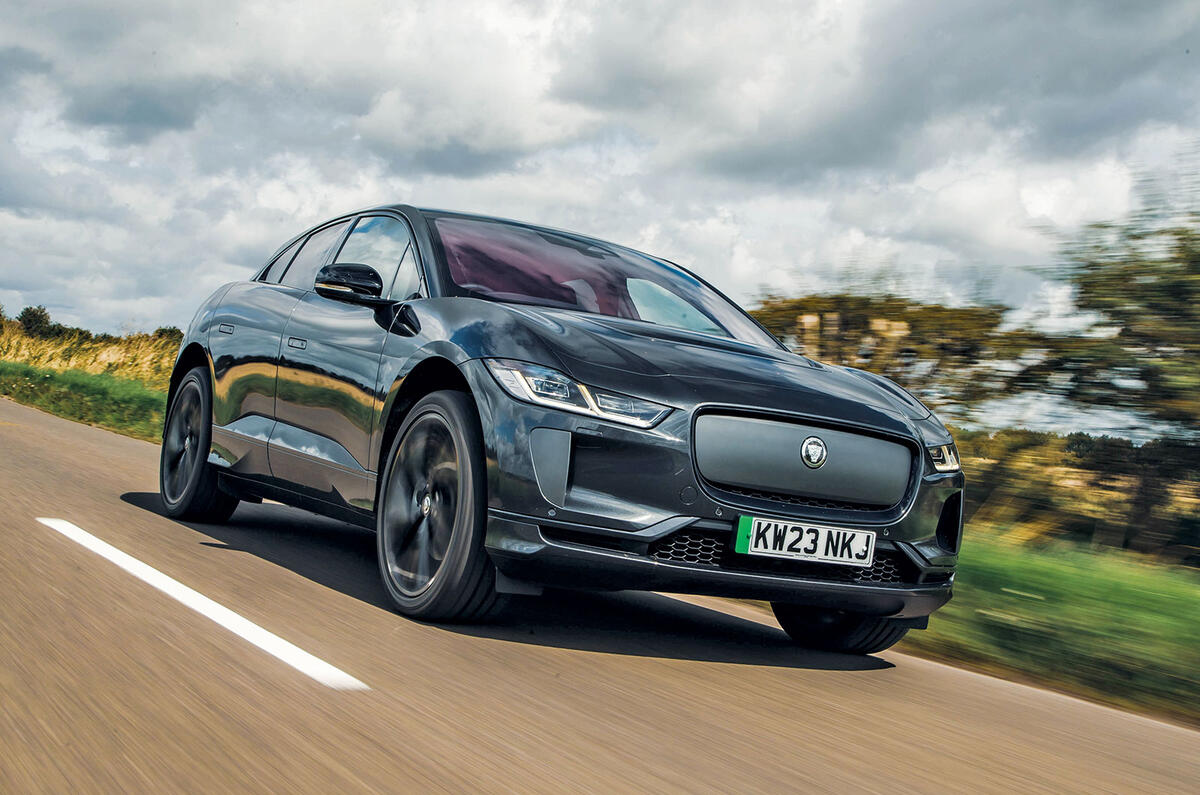
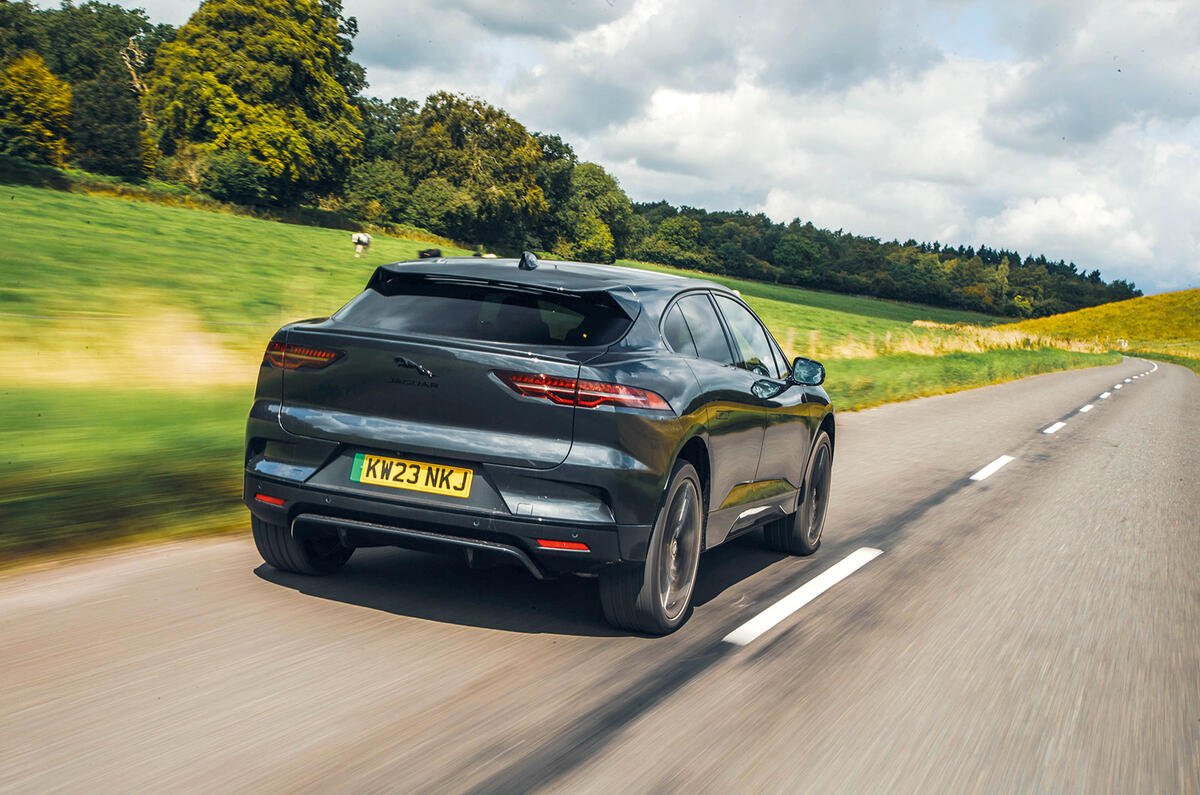
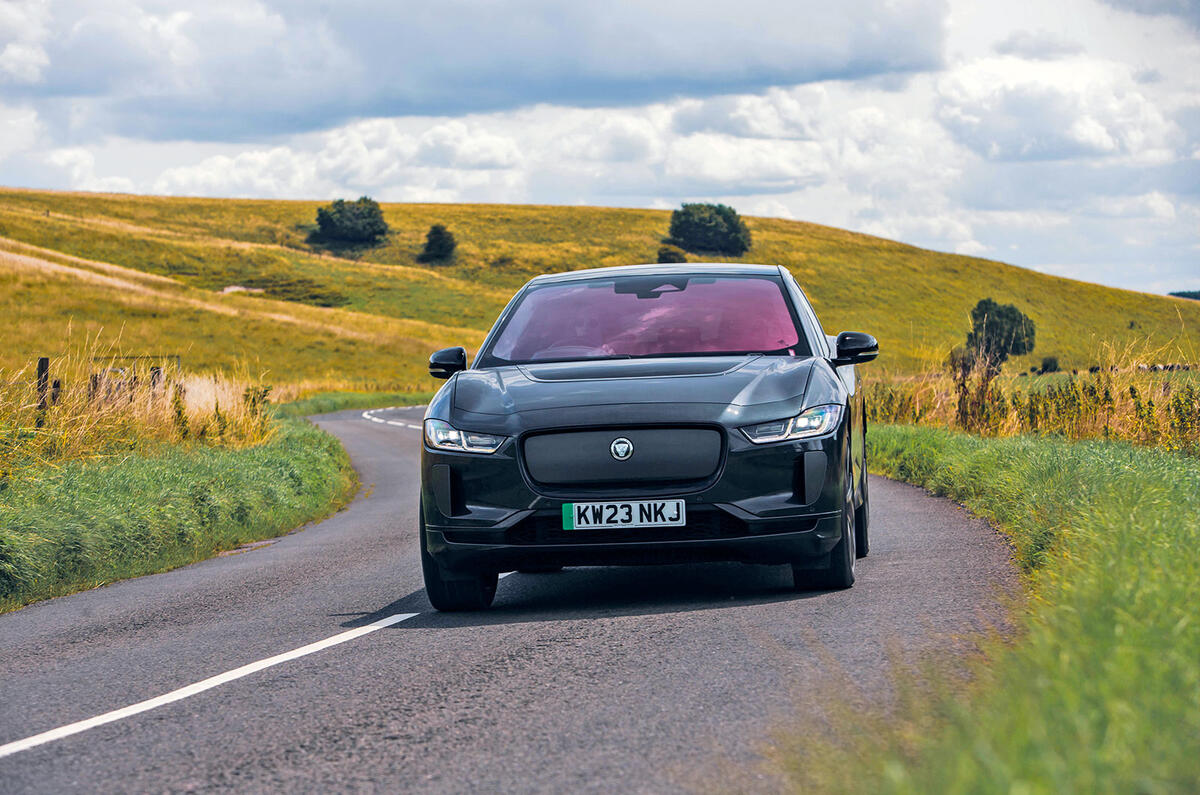
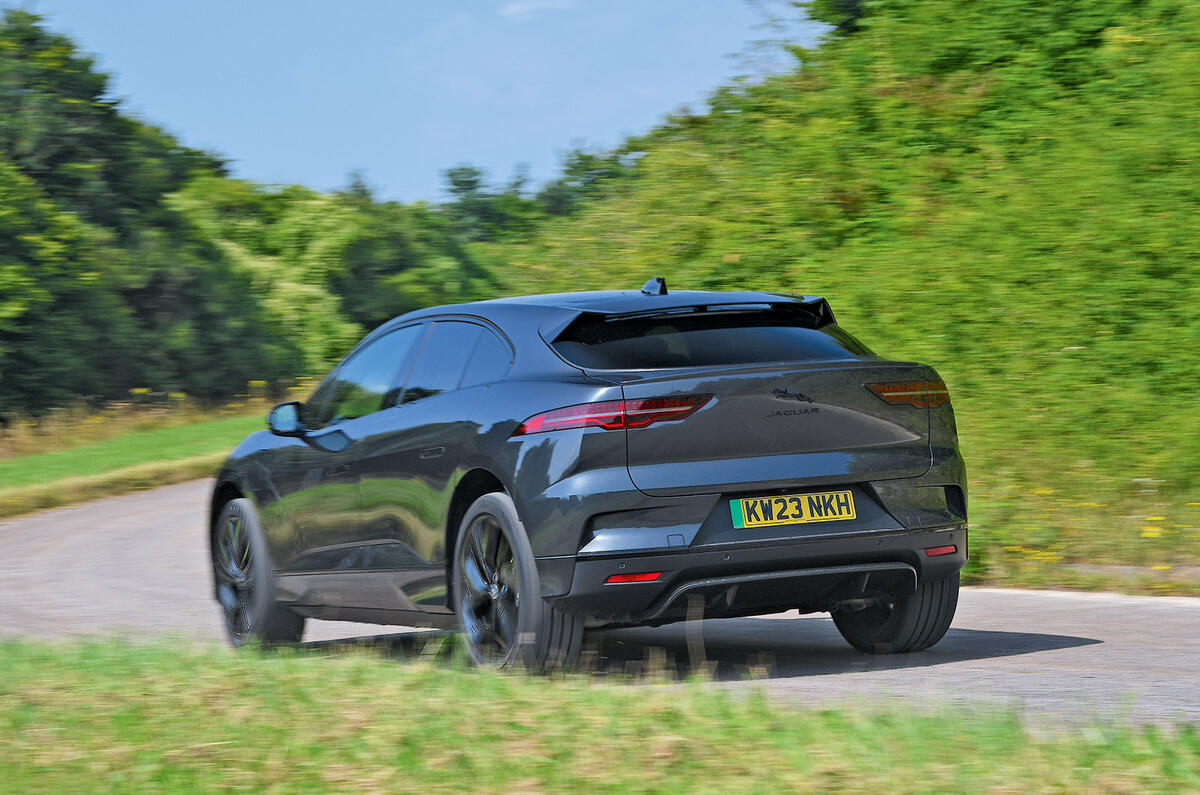
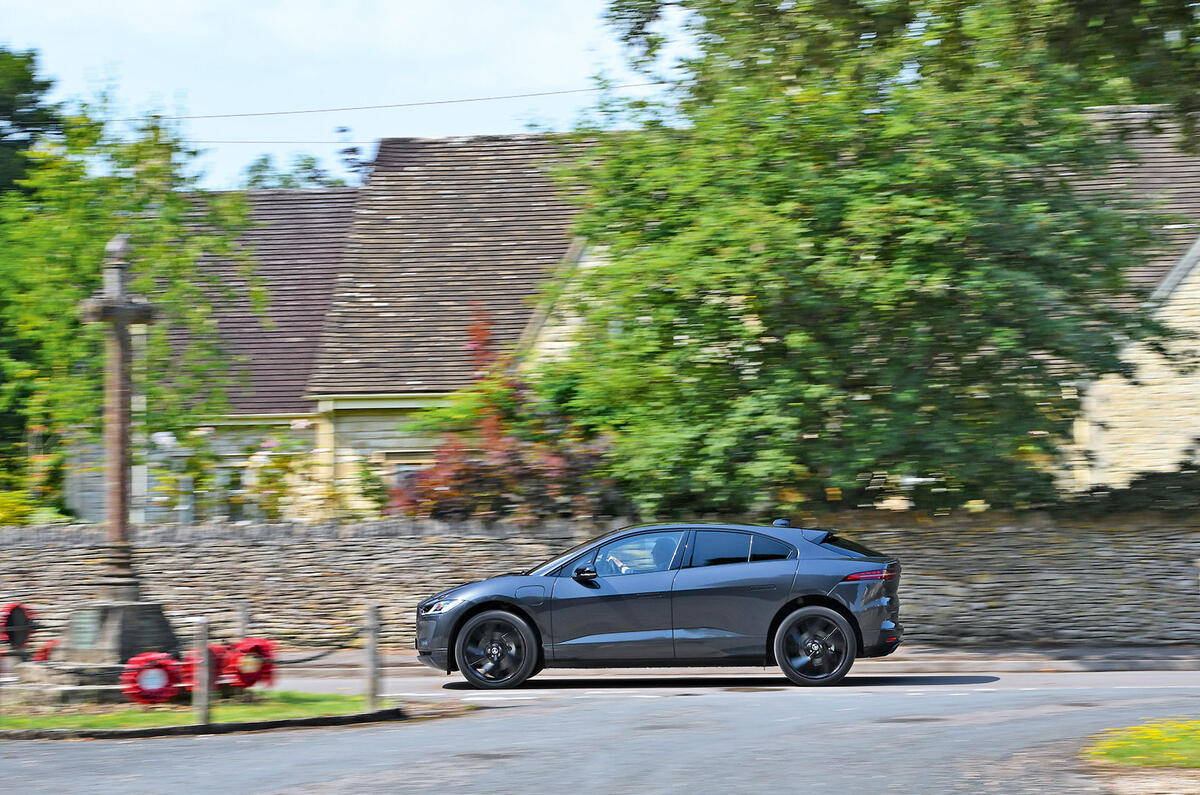
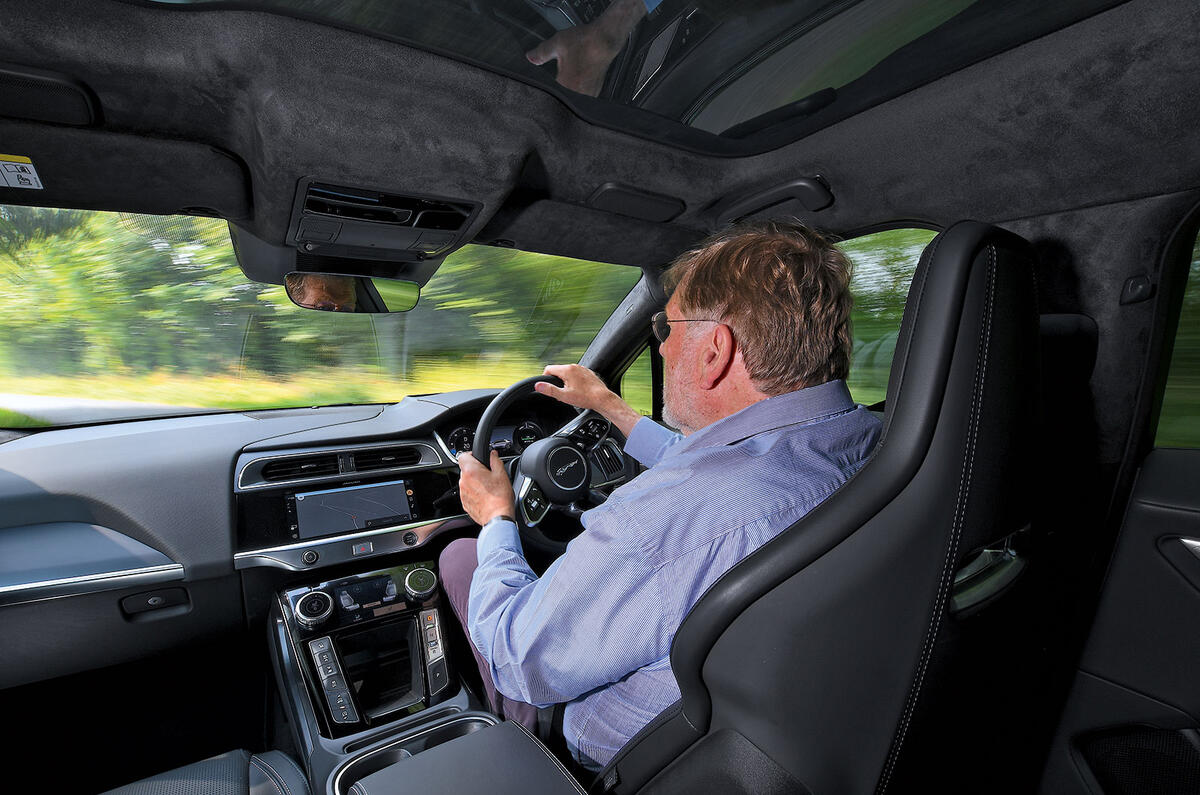
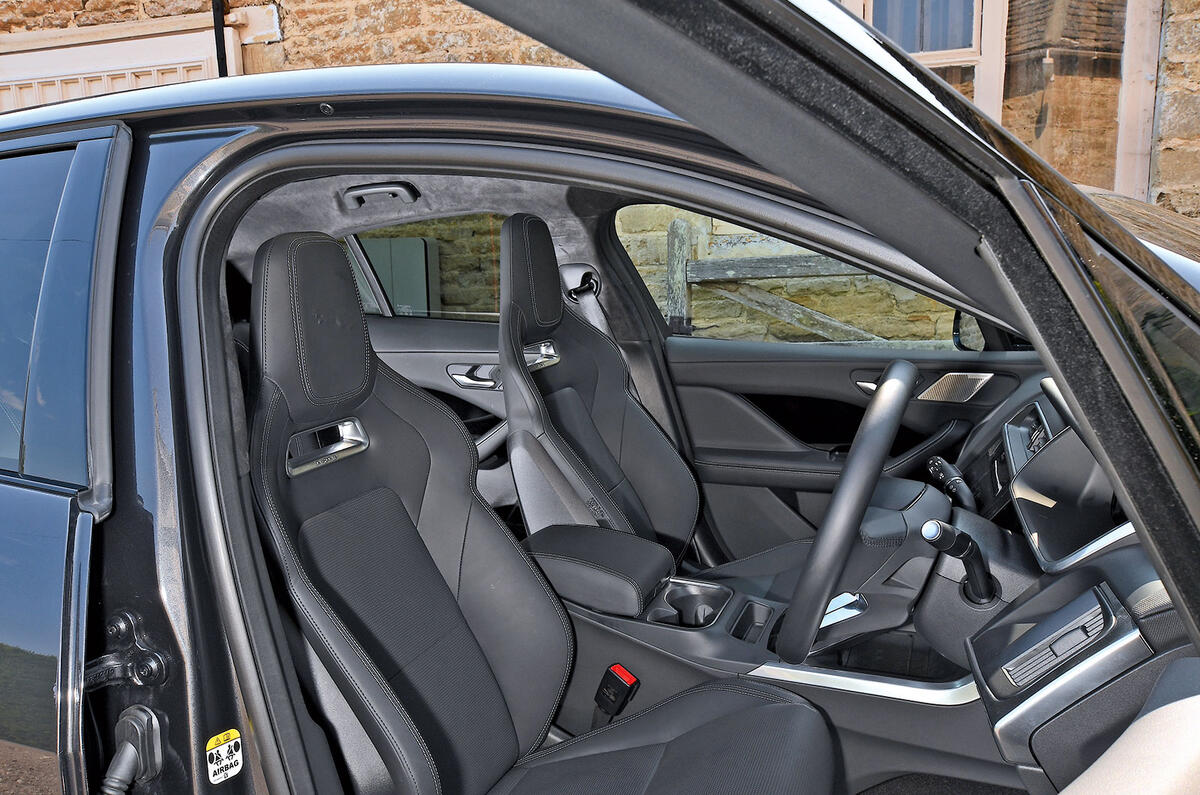
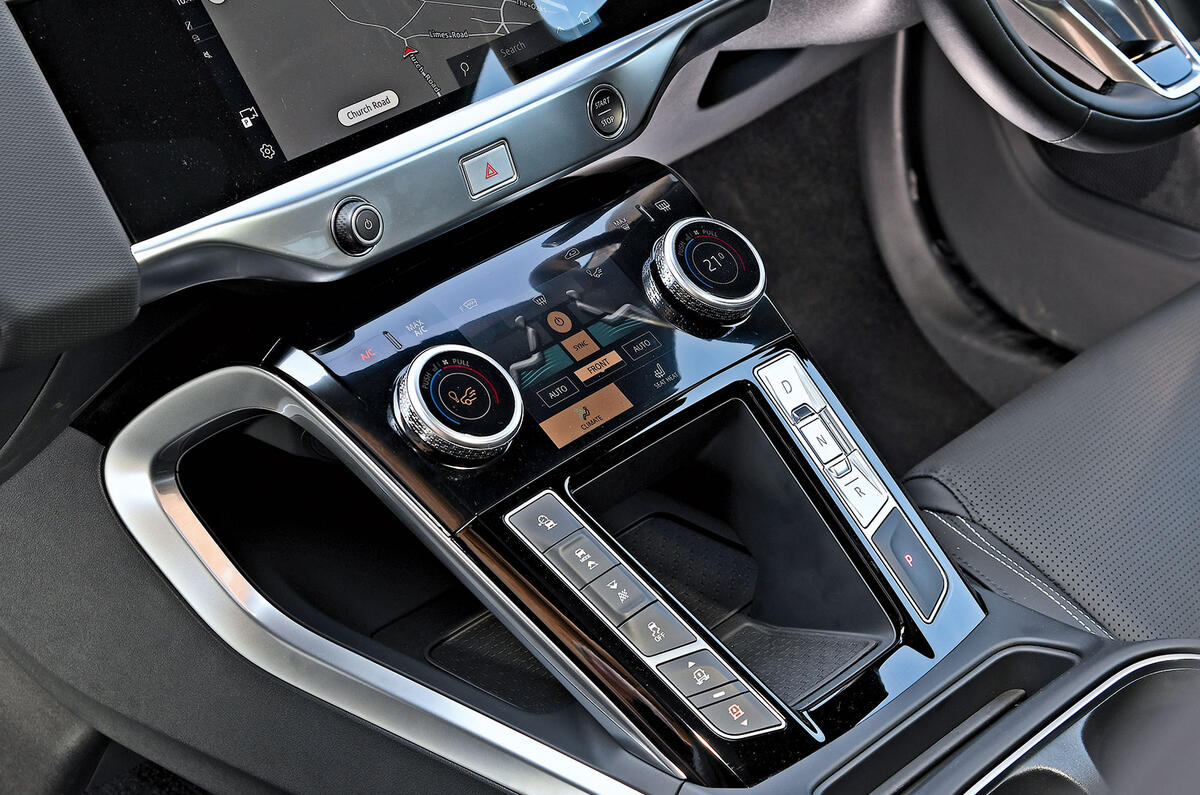
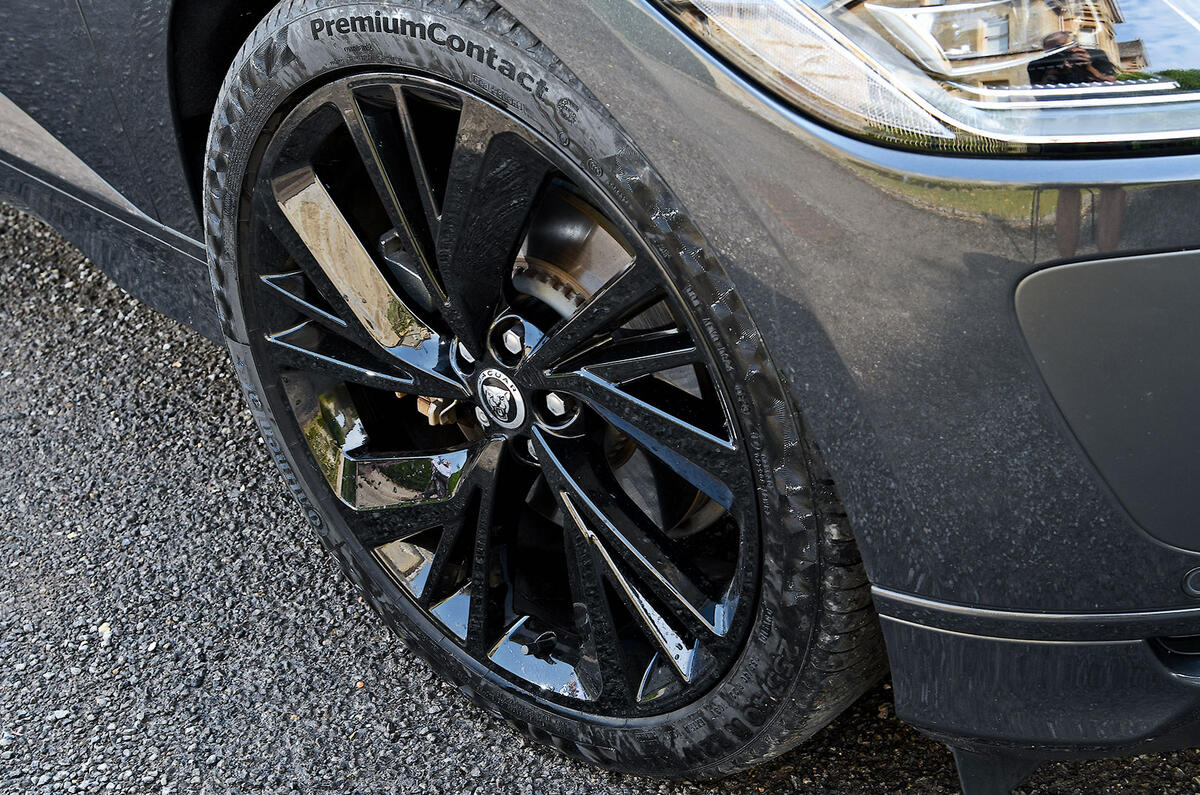
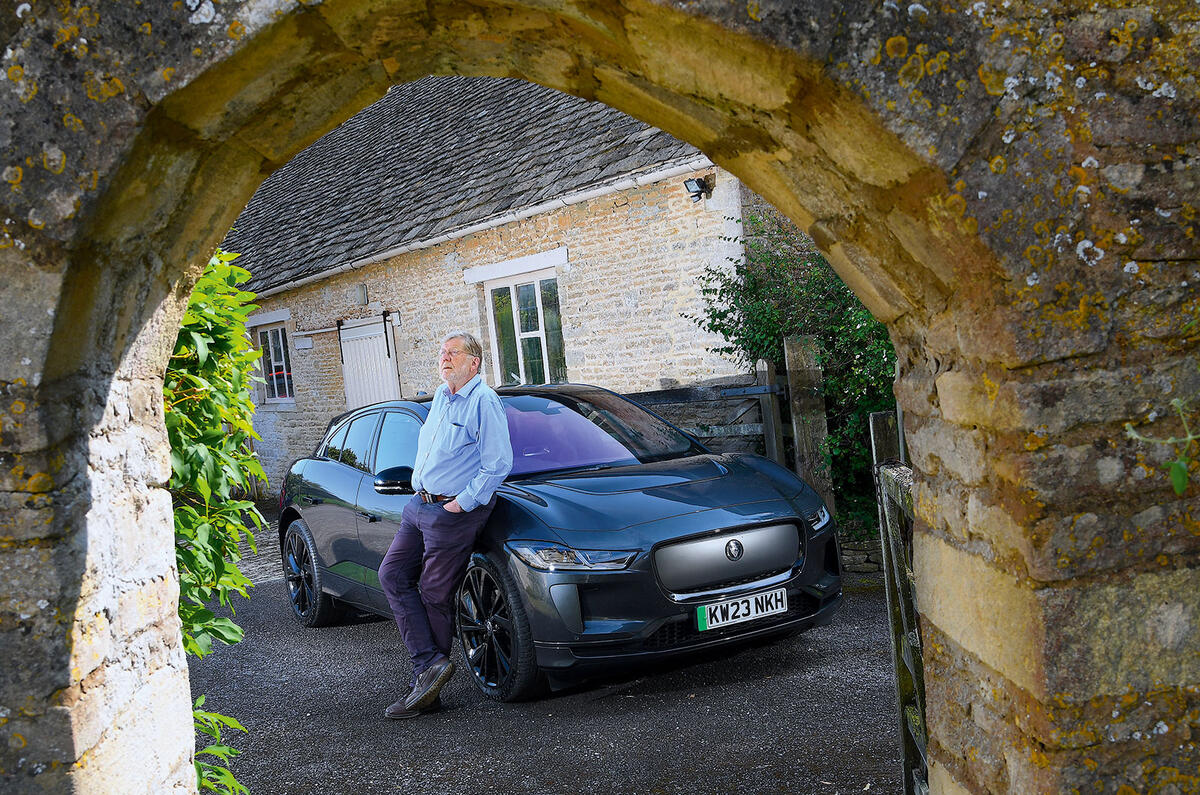
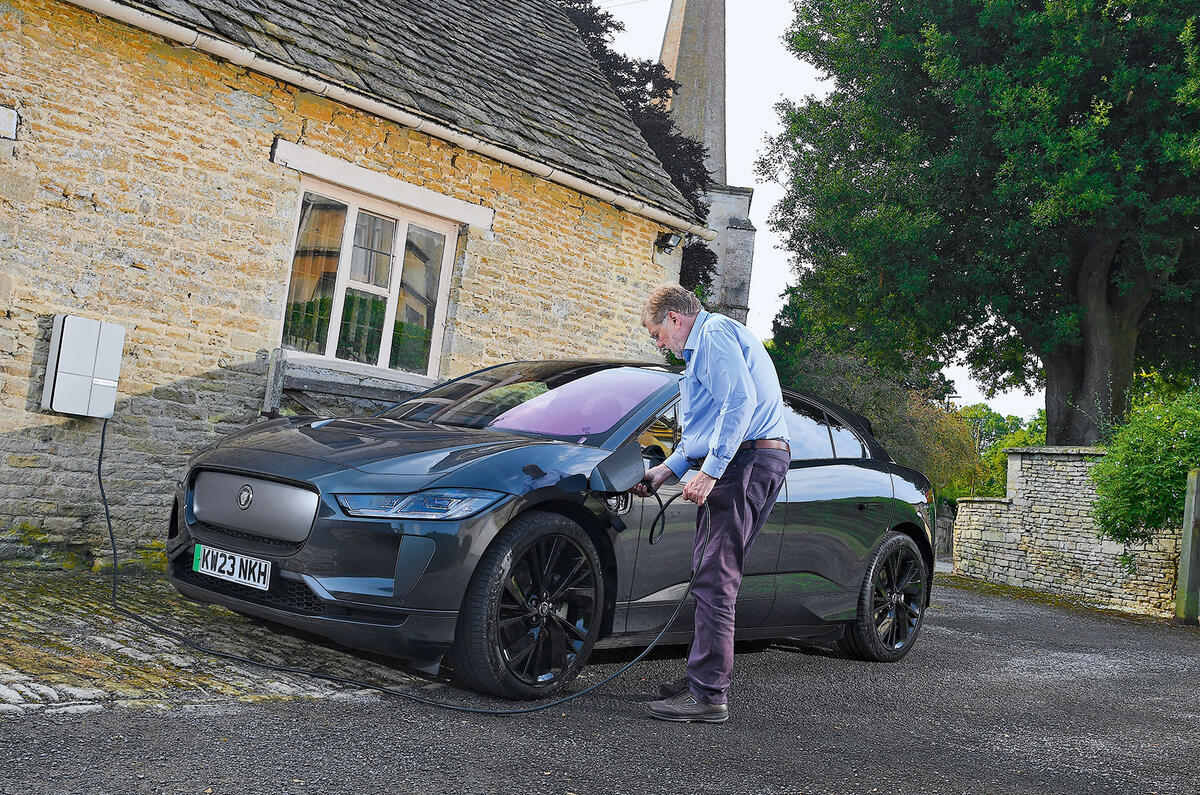
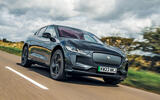
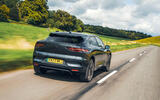
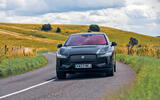
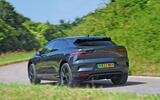

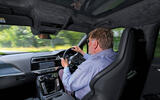
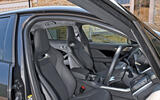
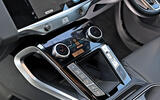
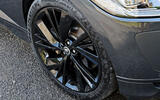
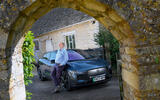
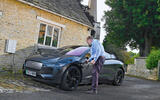






Join the debate
Add your comment
General comment on reviews.... You discuss "range", which is important, but not "efficiency".
With a petrol/diesel car, comments on the MPG would be made, something which was sub 30mpg would be a negative, something pushing 60mpg would be a positive.
But, with electrics, this is rarely mentioned. A car approaching real-world 5 miles per kWhr is efficient (is it similar to 60mpg?), a car which doesn't makes 2.5 miles per kWhr is inefficient (is it similar to less than 30mpg?). The latter will cost twice as much to charge up, no matter whether its expensive motorway fast charger or cheap overnight domestic charging. ( Back of envelope - 90kWhr battery, call it 80kW to allow a little bit of buffer on absolute range. Article's reported 200 mile range, and its 2.5 miles/kWhr, which is approaching "electric guzzler", something which can also be said about several other maker's vehicles. ).
I drove iPace several times 4-5 years ago and occasionally for weeks when my Land Rover Disco 5 was broken and in the workshop awating parts. I really liked it and worked hard to find a deal that would work for an HSE considering JLR wanted 2x as much on a lease as a V6 Disco HSE with extras. I didn't think it was wise to buy one outright at that time. Then I drove a Model 3 Long Range (the only Tesla available in Germany at that time was the Model 3) and at half the price of the iPace with massively better software, Supercharging and performance it was game over. I liked the style, finish and feel of the iPace but efficiency, range and software were not up to scratch. If it had been in the ballpark of Tesla I would have been a customer. But as I have found out since, it is lacking in many ways, perhaps due to lack of long term investment. We have since gone all electric with 2x Teslas which, whilst not without faults, are the best all round EV's. Had JLR invested and developed the iPace especially the software, harware and battery JLR would not have had to start from scratch again and had they priced it better perhaps it could have been a success. Perhaps not fashionable views here but it's hgow I see it.
I think you've absolutely nailed it. And your account is exactly why Jaguar's art house advertising is never going to work. When you looked you found reasons to buy something else, whereas Jaguar needed to work on reasons why you should buy Jaguar. That's not a fault on you, that's a fault of Jaguar.
And a fault was definitely not to see this as a product which needed to evolve; to be updated. With rapid advances in technology it needed regular updates to keep it fresh.
Starting again from scratch is insanity when they could have been producing hybrids right now, and they're more popular than EVs. I said this right from the moment the Thierry Bollore plan was announced and why it was absolutely the wrong one to follow.
Yes. But Hybrids are a temporary plaster. A false way. Worse in nearly every respect for the owner than even a petrol car. It requires a leap of faith to go EV. Anxiety is what it is - my wife was super worried before we actually experienced it on our first holiday to the Baltic @ 2 weeks into our ownership. We had no issues and there are more than 3x more fast chargers than 2021 when we started. 100,000km+ later by EV there is no way I would go back. I have rarely (2x for a couple of minutes) had to wait to charge, the car is ready before we are when on a long trip (family with kids) and range, infrastructure really isn't an issue if you trust the software in the car.
It could have been a Jaguar had they invested and been bold. Now it will never happen. I am more likely to buy a retro Jag than anything new they will launch. They will never catch up.
Oh. And as a petrol head I still have a manual convertible fossil as a Sunday toy, a bit like a clockwork watch for nice days without Apple. I wish we could buy some sustainable fuel here.
Intersting account. Yes, EVs definitely work for some. They'd work for me too for the most part except for the times when I am the designated driver on days out to big events I have with friends, and then I need the range my own car has that EVs don't. There's thousands of cars parked at these events as it is, and no charging.
Hybrids definitely help; the MPG figures are superb. But for a friend that's driving hundreds of miles, with speeds upto 140-160mph (depending if he has winter tyres on) it's just a dead weight he'd be carrying. The hybrid battery would quickly drain. The engine in the car is already screaming at him, he doesn't want to opt for a new car with lower engine power, but he's being forced into it (the company want him to change cars).
Another friend is getting a hybrid, after ruling out EVs due to the range and milles she needs to do in a day visiting customers. Again, she's being forced by the company to change but she doesn't want to give up the X5 she currently has. And it's a fantastic car, really impressive.
For my brother, they've got to visit his wife's relatives hundreds of miles away and their EV turned a 5 hour journey in to a 7 hour journey. They tried to make it work and now drive a Land Rover up and down instead (Velar).
It's always at the extremities that EVs fail owners, that regular cars are able to continue. The key thing is that EVs are still a developing technology and are getting better. The big change will come with a new battery technology. Until that's delivered, the likes of Jaguar should have been taking steps to EV, not giant leaps of faith. It was obviously the wrong move to make, and the Renault board realised this by firing him. But he took the same plan he had for Renault to Jaguar and they were daft enough to follow it. Renault are making massive profits now, and that could have been Jaguar with competent management.
I hear you. Jaguar I fear will not end well. Renaults look pretty but the French taxpayer will have to help like the German taxpayer for VW.... Journey times in our Teslas aren't much different from our fossils. Partly because they are efficient but mostly because in Europe we can't 'make progress' like we could in the past due to cameras, police, volume of traffic and so on. From south of Frankfurt to the tunnel was achievable in 4 1/2 hrs 20 years ago. These days it is 6 on a good day whatever you drive unless you have an indestructable driving license. In Germany EV's cannot match a fast long range car point to point because of autobahns and the consumption/charging. But they are not far behind. And with kids in the car the times are comparable. Plus I don't feel comfortable burning the amount of fuel my old M5 or similar used to burn (and emit) now that there are decent alternatives available. And actually a break every 2-3 hours isn't a bad thing is it? Jaguar missed the boat.
Doddery, being generous. Time to move on.